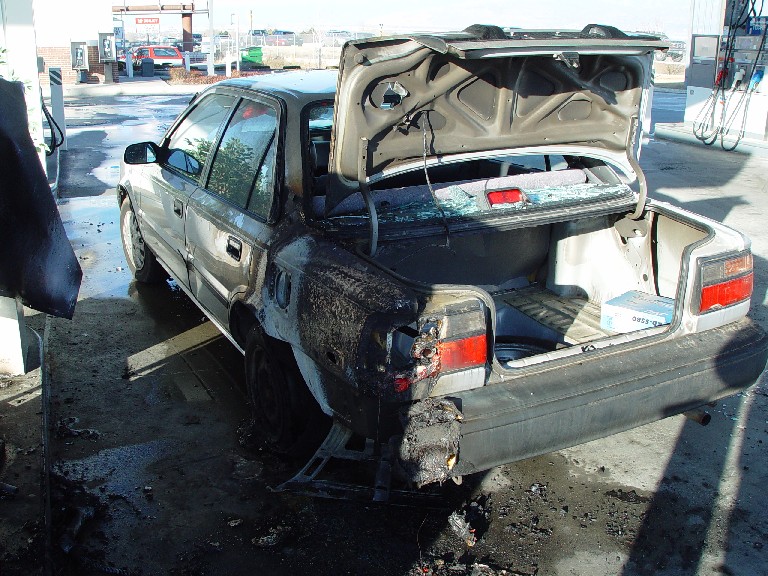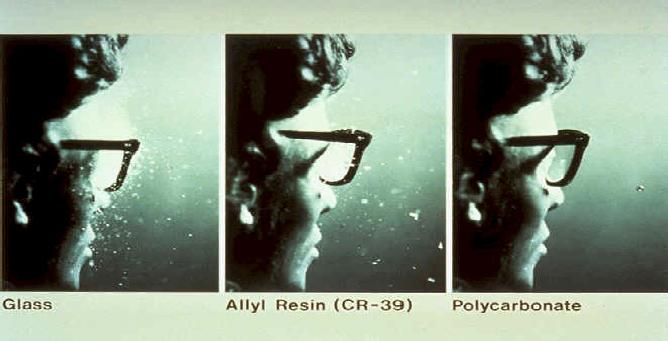NIOSH, under 91, Sections 20 and 22 (Section 20-22, Occupational Safety and Health Act of 1977) has the responsibility to conduct research relating to innovative methods, techniques, and approaches dealing with occupational safety and health problems. This project seeks to understand the best practices for developing, implementing, and maintaining a robust risk management system (i.e. health and safety management system [HSMS]). Researchers suggest that an HSMS requires considerable knowledge, skills, abilities, and competencies from all individuals within an organization as well as focused and purposeful coordination between them. Previous research considered the sheer number of possible choices to be a barrier to HSMS adoption. Therefore, NIOSH began to understand what the most fundamentally important elements were that support the development, implementation and maintenance of a comprehensive, effective risk-based HSMS. NIOSH surveyed practicing health and safety executives, managers, and professionals from a variety of mining commodities to determine if they agreed on which HSMS elements and practices were most important. The results of this study suggested that the following areas require consistent focus and attention: Leadership Development; Accountability; Knowledge, Skills, and Abilities Development; System Coordination; Culture Enhancement; Behavior Optimization; and Risk Management. To date, little empirical research has been conducted to address practical research questions related to each. Therefore, the current research task is designed to investigate research questions related to the practical purpose, implementation, and evaluation of each element:


